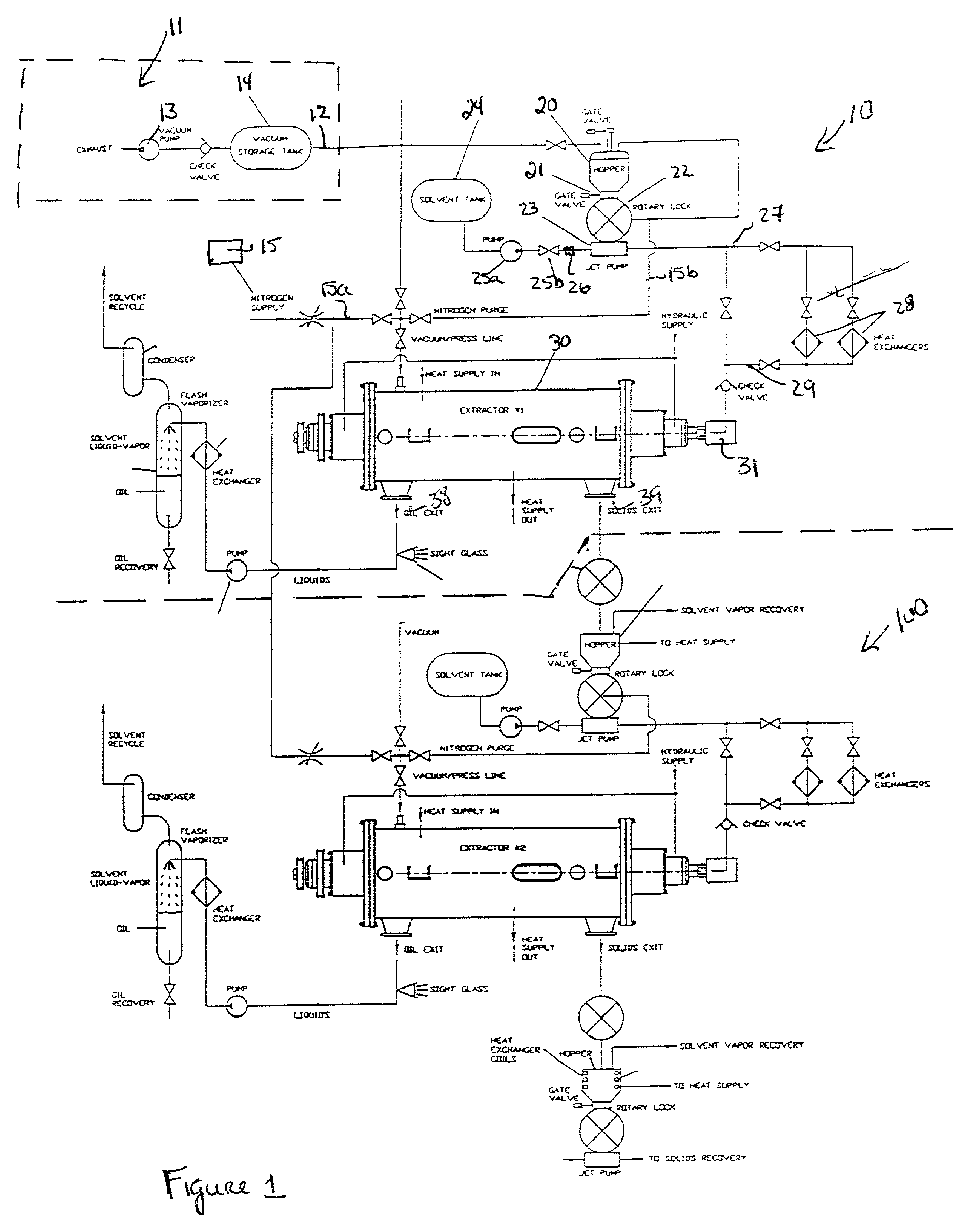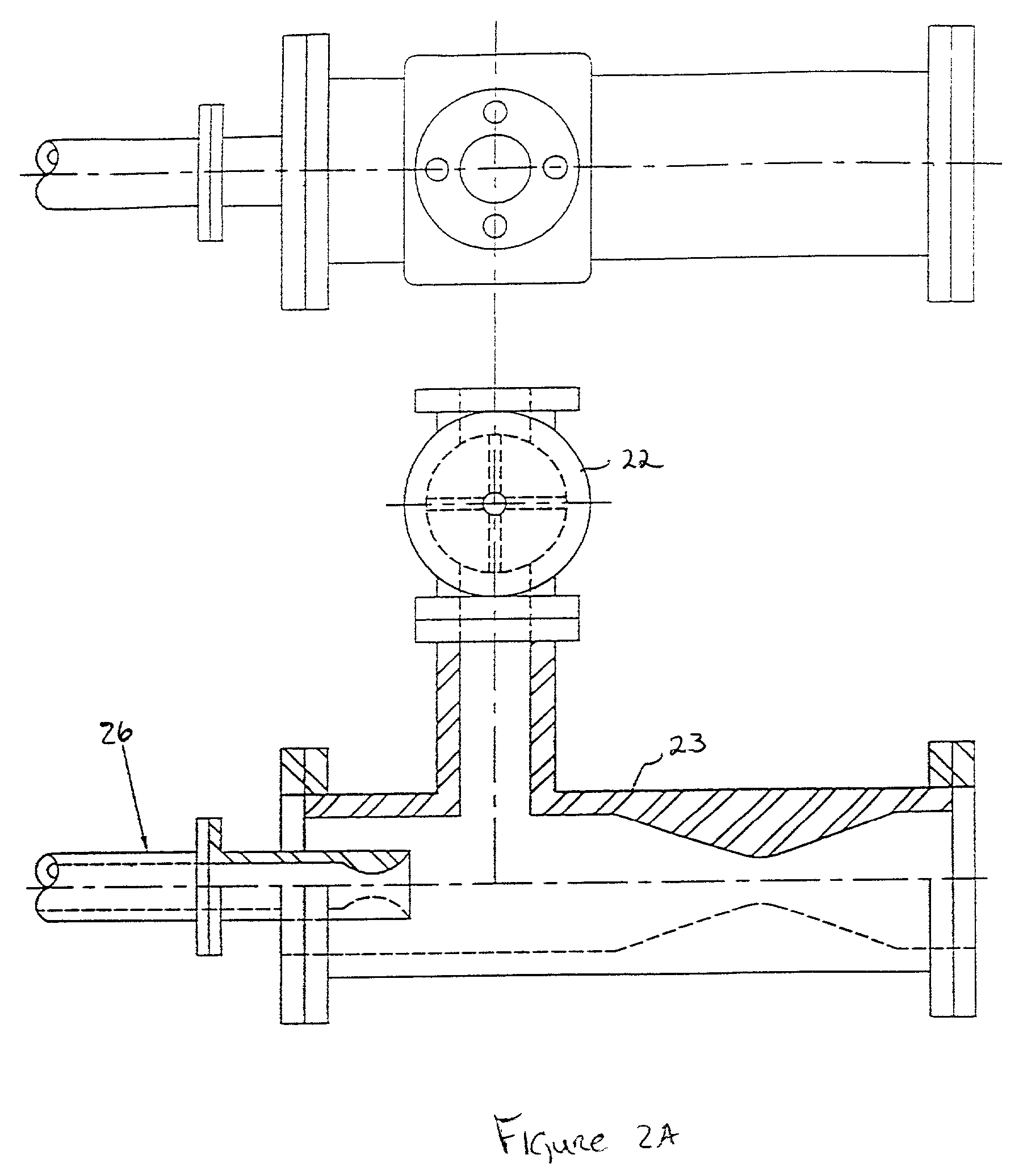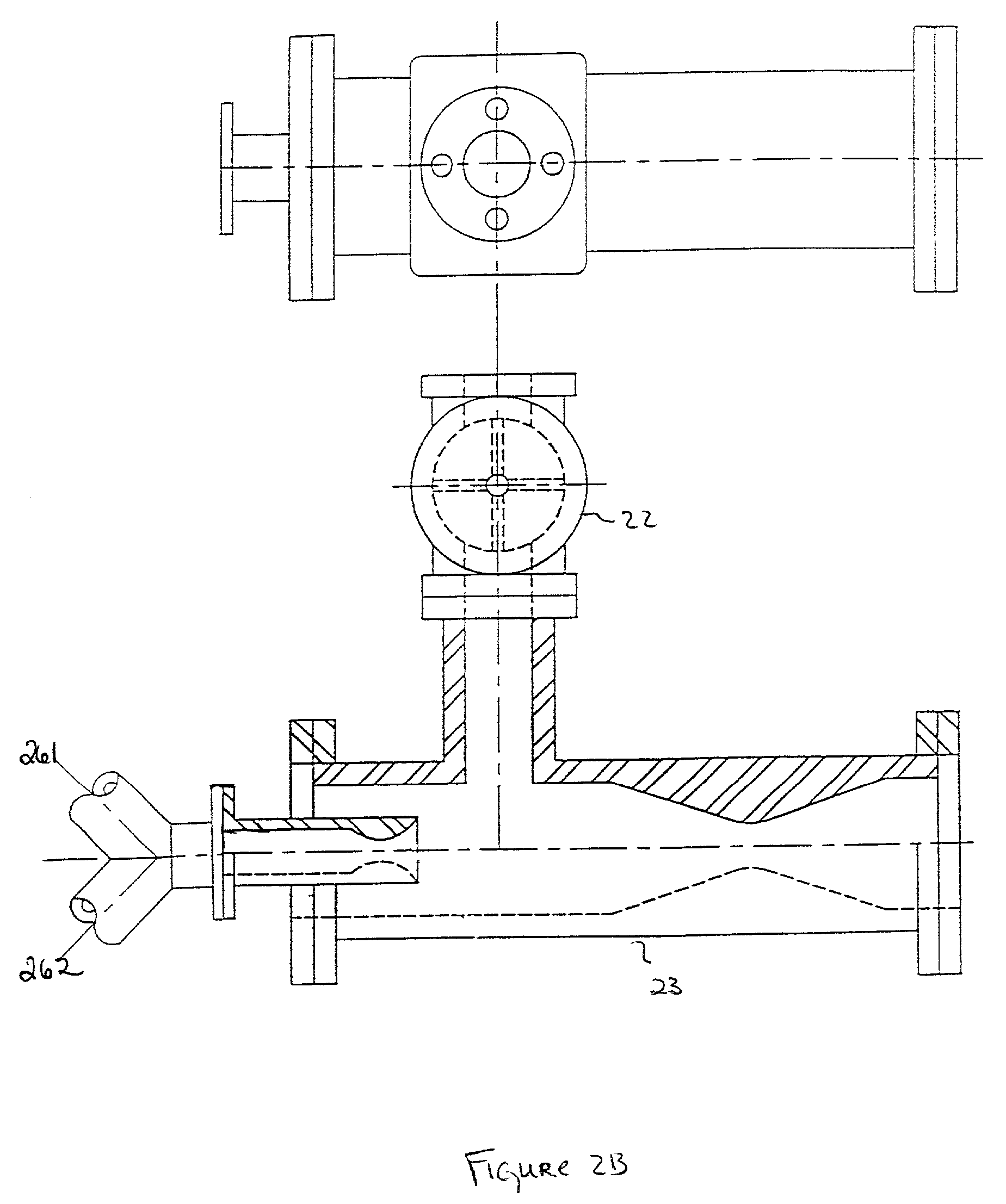Process and system for continuously extracting oil from solid or liquid oil bearing material
a technology of oil bearing material and process, which is applied in the direction of solvent extraction, separation process, chemical apparatus and processes, etc., can solve the problems of inability to remove solvents, such as hexane, from the solids, and the total energy consumption inherent in previous slurry separation is excessive, if not prohibitive, and achieves superior quality oil, eliminates the formation of free fatty acids (ffa), and eliminates the introduction of air
- Summary
- Abstract
- Description
- Claims
- Application Information
AI Technical Summary
Benefits of technology
Problems solved by technology
Method used
Image
Examples
Embodiment Construction
[0050]The present invention relates to a process and system for the continuous extraction of oil from oil-bearing materials. In particular, the present invention uses a combination of factors to effect a more efficient extraction process. The most important factor is based on a less familiar process called Pressure Diffusion. Instead of using a concentration gradient to effect extraction of oil from oil-bearing materials, the current process uses a pressure gradient uniquely created by the action of a centrifuge. Most centrifuges are utilized as separation devices for solvent and oil- or water-bearing materials. Current solvent extraction devices and processes rely on a concentration gradient as a means of penetrating and extracting of oil bearing materials. In the present invention, the extraction system is designed to be used with liquefied gases and / or combinations of liquid co-solvents. Liquefied gases in combination with centrifugal forces can accommodate an almost infinite ran...
PUM
| Property | Measurement | Unit |
|---|---|---|
| pressures | aaaaa | aaaaa |
| pressure | aaaaa | aaaaa |
| humidity | aaaaa | aaaaa |
Abstract
Description
Claims
Application Information
 Login to View More
Login to View More - R&D
- Intellectual Property
- Life Sciences
- Materials
- Tech Scout
- Unparalleled Data Quality
- Higher Quality Content
- 60% Fewer Hallucinations
Browse by: Latest US Patents, China's latest patents, Technical Efficacy Thesaurus, Application Domain, Technology Topic, Popular Technical Reports.
© 2025 PatSnap. All rights reserved.Legal|Privacy policy|Modern Slavery Act Transparency Statement|Sitemap|About US| Contact US: help@patsnap.com



